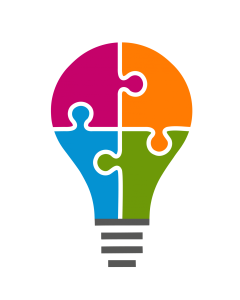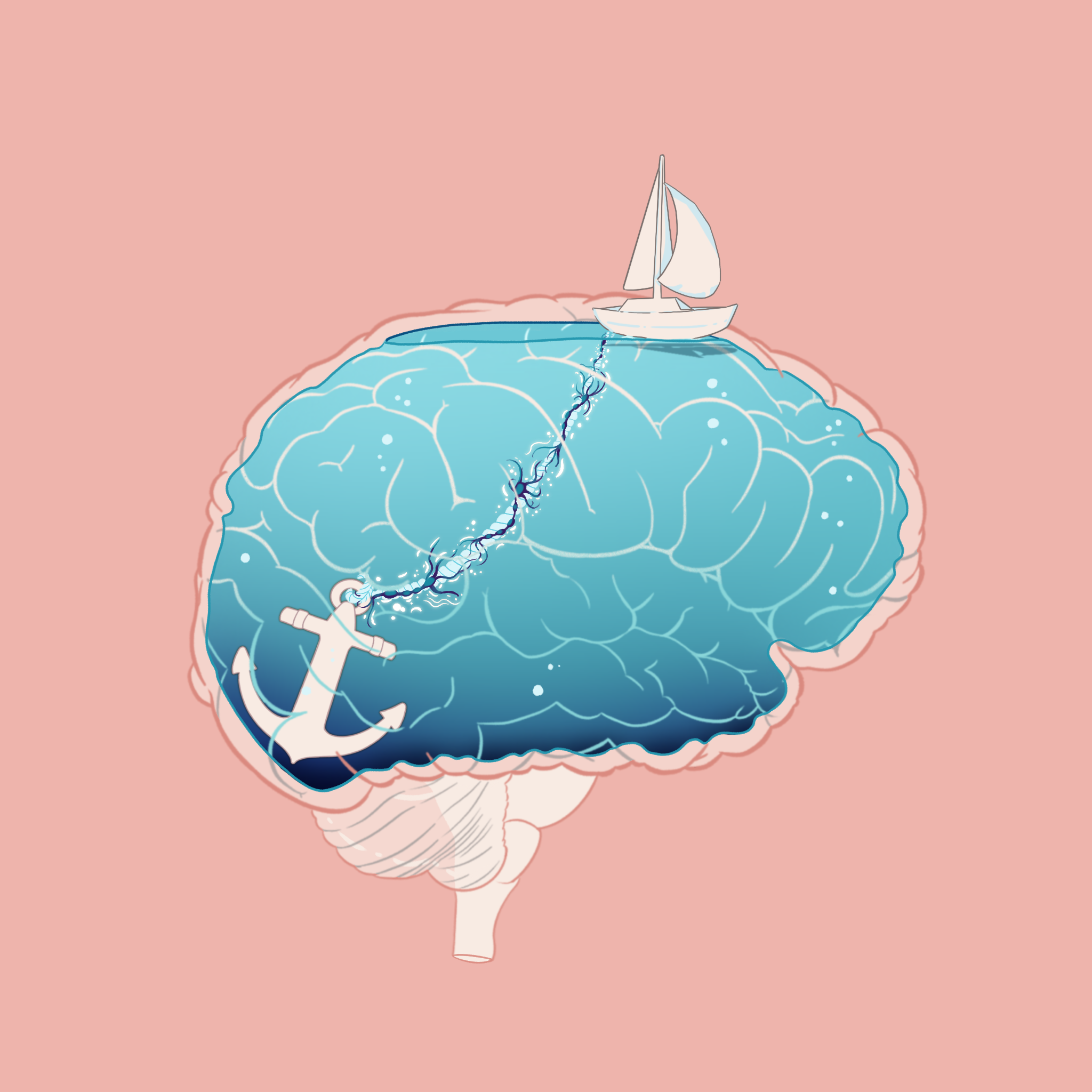20 Association Activity 1
Activity #A1: Mnemonics
Mnemonics work and are often remembered for a lifetime because you are connecting new, often previously meaningless information (in that you had no prior knowledge) with something familiar. Memory tools that break things down into these smaller pieces based on association allow the familiar and often fun knowledge to provide a context for the new.
 Activity #A1.1
Activity #A1.1
Give examples of mnemonics you have used.
One way to think about the benefit of association is to think about an ANCHOR.

An anchor keeps a ship in one place. Similarly, when we associate new knowledge with old, the old knowledge is like the anchor. It is more resistant to forgetting and has been held in our long-term memory for a lengthy period. The parts of our brain responsible for making memory (the hippocampus) and individual brain cells from other parts of the cortex communicate and connect through synapses. When new memories are formed, cells form patterns of communication through these synapses. The more a particular group of cells communicate or activate in the brain together, the more likely you are to remember something.
This video will explain more about the memory-making process here:
New information is linked together like how connections are formed in the brain; related information is stored together. For this linkage to occur, there must be a starting point – some original piece of knowledge or information links new information together. The original knowledge becomes the anchor of association.
When to-be-learned information starts out with an anchor, we have a much better chance of remembering it.
